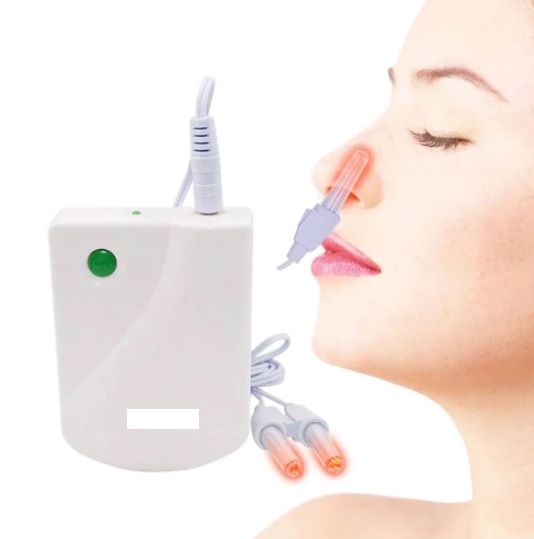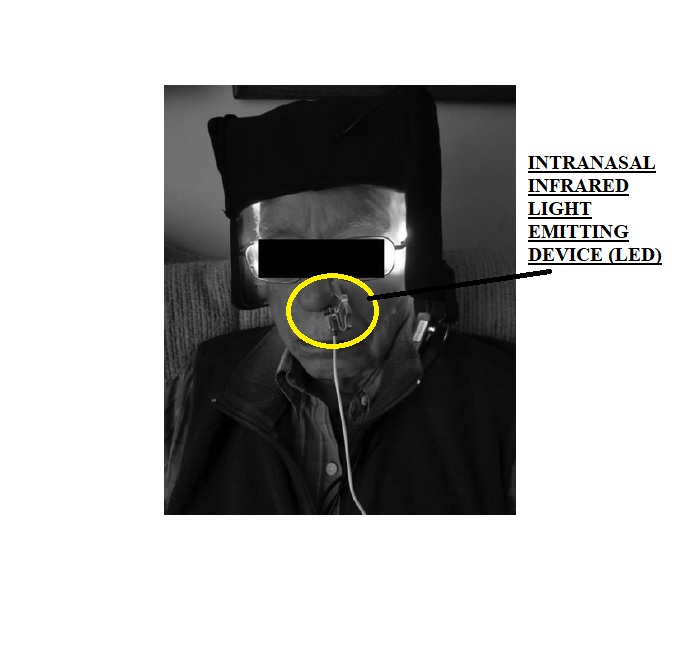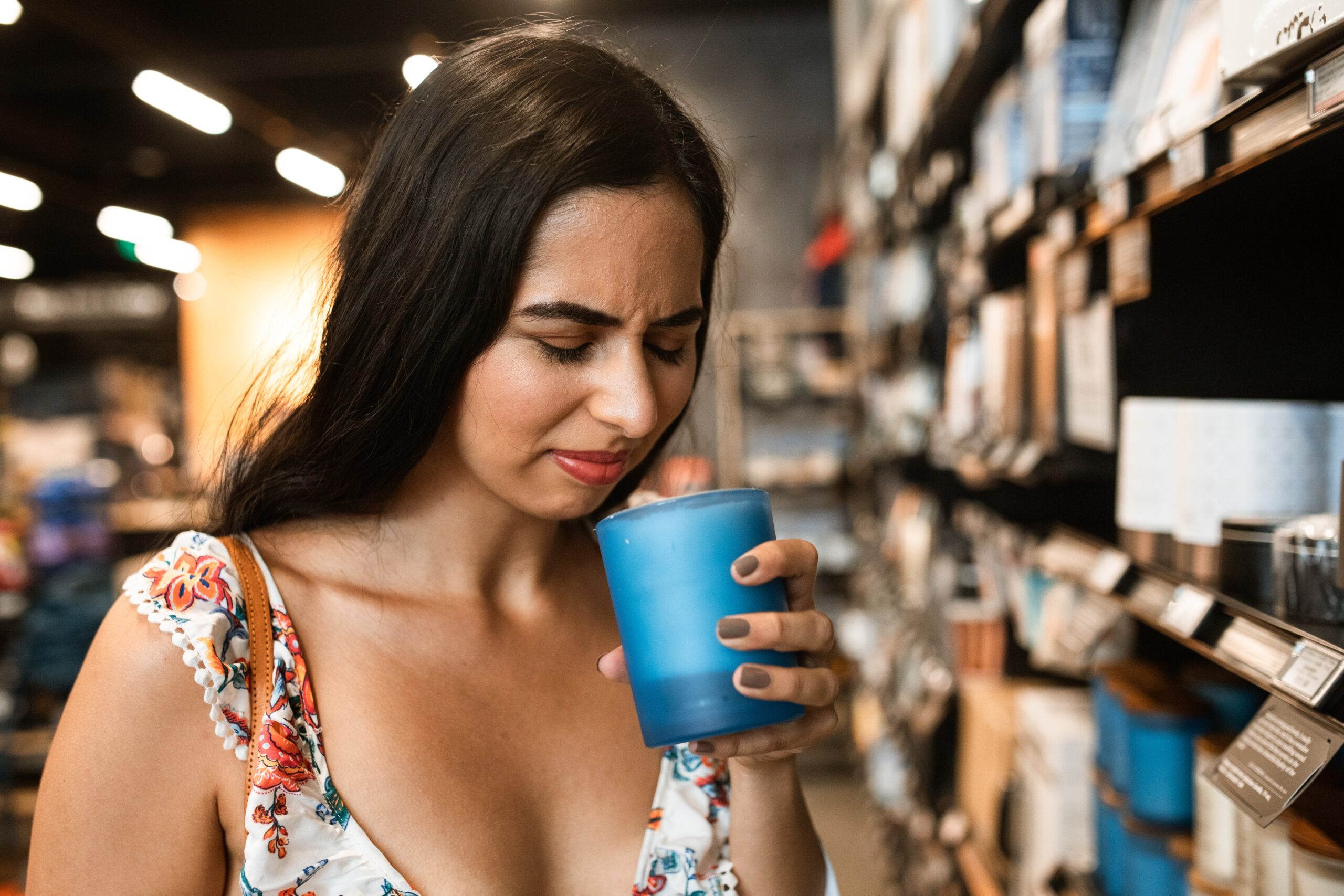This blog is written to spread awareness about one of the aftermaths of COVID-19 that is troubling many patients even after 3-4 months of recovering from COVID-19 illness, which is loss of sense of smell OR decreased sense of smell OR altered sense of smell.
Loss of sense of smell is also known as ANOSMIA
Decreased sense of smell is also known as HYPOSMIA
An altered or Distorted sense of smell is also known as PAROSMIA
INTRODUCTION
From the vast spectrum of symptoms that can be present in a COVID-19 patient, loss of smell and taste has now been included as a part of the diagnostic criteria of COVID-19. A COVID-19 patient who is otherwise minimally symptomatic or asymptomatic can have a loss of sense of smell and taste as the only symptom. Loss of taste is not caused directly by the coronavirus itself, rather, it is because there is an impairment of the sense of fragrance, hence the patient has an impaired sense of flavor.
CLINICAL HISTORY
The patient might say that he had COVID-19 illness 3-4 months back, or he might say that he had an episode of fever, cough, and fatigue 3-4 months back, however, he didn’t get himself tested for SARS-CoV-2 virus infection.
Now after 3-4 months, such patients have presented to me with complaints of experiencing an altered sense of smell. This altered sense of smell is many times interpreted by patients —-
- “as if something is burning”, or
- “as smell of burnt rubber”, or
- “as smell of onions” or
- “as something “DIRTY”, or
- “as something ROTTEN” or
- “as the smell of SEWAGE”, or
- “as the smell of GASOLINE”
OTHER IMPORTANT CAUSES OF PAROSMIAS / ANOSMIA
- Head injury
- Sinusitis
- Exposure to chemicals
- Neurological diseases
HOW TO DIAGNOSE IT?
The patient should report to an ENT specialist and tell his exact complaints in detail to the doctor.
The doctor might need you to undergo a few of the following investigations to come to a confirmatory diagnosis –
1. Endoscopy of the nose: To look for Sinusitis
2. CT scan of Nose and Paranasal sinuses
3. MRI Brain
TREATMENT
Post-COVID Parosmias can take time to resolve. There are no drugs that can be given to the patient that can reverse this condition in 5-6 days. However, studies mention that the following things can be done which can help patients to regain their true sense of smell–
1. OLFACTORY TRAINING USING ESSENTIAL OILS or Smell Training
Olfactory training involves repetitive and deliberate sniffing of a set of 4 essential oils, namely–
- LEMON
- ROSE
- CLOVES
- EUCALYPTUS
Sniff each oil for 20 seconds each at least twice a day for at least 3 months.
After sniffing one essential oil, the patient can take 1-2 minutes of break, and then go on to the second essential oil.
If the patient experiences NO RECOVERY in 3 months after training with the above-mentioned 4 oils, then we go for the next set of 4 essential oils –
- MENTHOL
- THYME
- TANGERINE
- JASMINE
The patient will be again asked to sniff each oil for 20 seconds each at least twice a day for at least 3 months. After sniffing one essential oil, the patient can take 1-2 minutes of break.
If the patient still experiences NO RECOVERY in these 3 months also after training with the second set of essential oils, then we go for the last set of 4 essential oils –
- Green Tea
- Bergamot
- Rosemary
- Gardenia
Olfactory training is helpful for all with persistent COVID-19–related parosmia or hyposmia because this therapy has low cost and negligible adverse effects.
2. Omega-3 fatty acids
These may serve as adjuvant therapy in olfactory training.
3. STEROIDS
Steroids either in nasal sprays form or tablets form are not currently recommended for post-COVID parosmia or hyposmia because there is a lack of evidence of benefit from them.
4. INTRANASAL INFRARED THERAPY FOR PARSOMIA
Many patients on their social media handle like Facebook, Twitter, etc are claiming to use an intranasal infrared therapy device to treat their Post COVID-19 parosmia. While many users claim it to be absolutely useless for them, few claimed that they got results and their parosmia was reversed to a partial or full extent.

Let me tell you why these patients started using this infrared therapy?
Parosmia is definitely an upsetting symptom for the patient.
A patient who is suffering from parosmia (especially those who have had it for months and years) is so distressed with this symptom that after months and years of suffering they are desperate to try anything that has even a remote chance of reversing the parosmia.
So, there are various studies in the literature on intranasal infrared therapy being used for allergic rhinitis, and sinusitis patients with no concrete piece of evidence that if infrared therapy can or can not be prescribed as proper treatment to these patients.
Whereas there is one study that I could find on PubMed by Farzad Salehpour, Michael R. Hamblin, and Joseph O. DiDuro.
This case report was published in Photobiomodulation, Photomedicine, and Laser Surgery journal in 2019 on the topic “Rapid Reversal of Cognitive Decline, Olfactory Dysfunction, and Quality of Life Using Multi-Modality Photobiomodulation (PBM) Therapy”.
The authors in their report concluded that –
- The authors advised that patient can be given a 4-week, twice daily home-use application of multi-modality infrared therapy that can markedly enhance cognitive functions and reverse olfactory dysfunction in a MCI patient.
- Also, bi-daily applicationsof PBM therapy was well tolerated by the patient, reduced caregiver stress and overall health, and no side effects were noted.
- The device used in their study was an intranasal LED device with 810 nm wavelength and 10-Hz pulsed wave (PW) mode (VieLight LLC, Toronto, Ontario, Canada) and was commenced in the left nostril twice daily.

The limitations of this study and why this intranasal infrared therapy should not be used without discussing it with a Neurologist and ENT surgeon-
- The case report is done on just 1 patient, a 64-year-old Caucasian female with a history of Alzheimer’s disease, who presented with Mild cognitive impairment (MCI) and impaired olfactory function.
- As it was done on just 1 patient, the authors themselves suggested for the necessity of much larger controlled trials on larger number of patients/population TO CONFIRM their findings.
- This therapy is NOT TESTED for post COVID patients. This therapy was tested on a Alzheimer’s disease patient by the authors.
- It is not US-FDA approved or WHO approved or ICMR approved for post COVID parosmia patients.
- No study on the possible side effects of this therapy has been done till now. Hence, the researchers, scientists, clinicans of the medical field has NO idea of what damage it can cause in the long term.
- The intranasal device used in the study had specifications pre-decided like 810 nm wavelength and 10-Hz pulsed wave (PW) mode.
The device available on Amazon etc. which the patients are ordering has no clear specifications that can tell if they are matching with the specifications of the device used in their study.
Another important study I would like to mention here is-
SC Leong in 2011 published an article in Rhinology journal on “Rhinophototherapy: gimmick or an emerging treatment option for allergic rhinitis?” where he reviewed 14 full-text articles.
Three different phototherapy medical devices were assessed:
(1) Bionase(TM),
(2) Allergy Reliever SN206 and
(3) Rhinolight(®.
The light wavelength used in these devices ranged from red light to ultraviolet.
Clinical use of intranasal phototherapy appears to be safe and well-tolerated. Most studies demonstrated symptomatic improvement and quality of life scores.
However, there was No improvement in objective measures of nasal airflow was demonstrated.
The beneficial effects of phototherapy on inflammatory markers remain UNCERTAIN.
Phototherapy treatment results in DNA damage but does not appear to predispose to carcinogenesis. However, long-term prospective studies are required to verify this.
The quality of published studies was variable and thus the current strength of recommending intranasal phototherapy is CURRENTLY WEAK.
While if you have managed to study the blog to this point, I might as well advise you one thing as a doctor, I totally understand the pain and the distress that one parosmia patient experiences on a daily basis, but it’s my genuine request to all parosmia patients to only go ahead with those measures and medicines that have been prescribed by your specialist doctor, not by anyone who claims on social media that they have been treated or cured by some magic pill or magic device.
DO NOT try anything without the supervision or guidance of your qualified doctor/specialist.
5. STELLATE GANGLION BLOCK FOR PAROSMIA
Many individuals may experience debilitating symptoms including fatigue, brain fog, loss or altered smell and/or taste, anxiety, and depression even after a long period has passed post-COVID infection. These symptoms collectively come under a broad category called Long COVID symptoms.
Few studies have mentioned that Stellate Ganglion block can result in significant and durable improvement in symptoms including fatigue, brain fog, and smell and taste derangements.
Studies like “Stellate Ganglion Block (SGB) Successfully Treats Long COVID: A Case Series” claim that they provide evidence implicating dysautonomia as the main etiology of Long COVID symptoms and suggest that SGB is an effective intervention for this condition with the potential to change the course of Long COVID.
However, there is not even a single Association of Otorhinolaryngologists across the world who have come up with any recommendation or approval for this therapy as supportive or primary therapy for Post-COVID Parosmia.
6. SEPIA for PAROSMIA
Sepia is stated to be a HOMEOPATHIC remedy to treat psychological issues and relieves stress, depression, and anxiety. It is helpful in controlling anger, and mood swings, and in some cases, it is used to treat conditions related to constipation.
Key Ingredients:
Sepia
Key Benefits:
- It helps to control various psychological disorders such as depression, anxiety, mood swings, and flashes of anger
- It helps in disorders related to menopause
- Treats mental disorders that make one indifferent to sex, family or loved ones in general
- Relieves fatigue and treats nutritional deficiencies that cause irregular or absence of regular menstrual periods.
Few people are using it and claiming it on their social media handles to be helpful to them. There is no authentic research or study conducted anywhere which could prove their claim.
There is no literature that could be found on this product that tells us that……….
How does it help in parosmia ?
What is its mechanism of action in parosmia?
Are there any side effects of it?
How many patients have used it and declared cured of parosmia?
Hence, personally, I would suggest parosmia patients to go for only doctors’ recommended treatments and wait for the researchers to develop a permanent cure for parosmia.
THANK YOU
WATCH INTERESTING ENT-related VIDEOS ON MY YouTube CHANNEL…..Dr.Sharad ENT Videos
References
- Whitcroft KL, Hummel T. Olfactory dysfunction in COVID-19: Diagnosis and Management. JAMA 2020;323: 2512-14.
- Danoun O. Treatment of long loss of smell and Parosmia after COVID-19, complete guide. 2021
- Salehpour F, Hamblin MR et al. Rapid Reversal of Cognitive Decline, Olfactory Dysfunction, and Quality of Life Using Multi-Modality Photobiomodulation (PBM) Therapy. Photobiomodul Photomed Laser Surg 2019;37:159-167.
- Leong SC. Rhinophototherapy: gimmick or an emerging treatment option for allergic rhinitis? Rhinology 2011;49:499-506.
MEDICAL ADVICE DISCLAIMER:
This blog including information, content, references, and opinions is for informational purposes only. The Author does not provide any medical advice on this platform. By viewing, accessing, or reading this blog does not establish any doctor-patient relationship. The information provided in this blog does not replace the services and opinions of a qualified medical professional who examines you and then prescribes medicines. And if you have any questions of medical nature, please refer to your doctor or the qualified medical personnel for evaluation and management at a clinic/hospital near you. The content provided in this blog represents the Author’s own interpretation of research articles.

Wow, great piece of information. This info can be life saviour to those people who are suffering form this..
Thanks doc
Nice information for personal use it could be help for all human being how to treat
THANK U HEMAJI
Great info and practical tips. It can be handy guide to treat post- COVID smell problems. Keep up the good work Dr Sharad. All the best.
Great info and write up. Helped a lot
Gr
Very helpful information , thank you for sharing this , I am sure this will help all the patients who are suffering from such ailment …
Very good information to help people suffering from loss of smell , itchy and dripping nose , I am sure this will help me out as I am suffering with such symptoms
Knowledge like this is very hard to find, god bless you for taking your time out and sharing this. I know doctors have very busy days but still getting time for these is really appreciated. Keep doing the good work.
You are awesome.